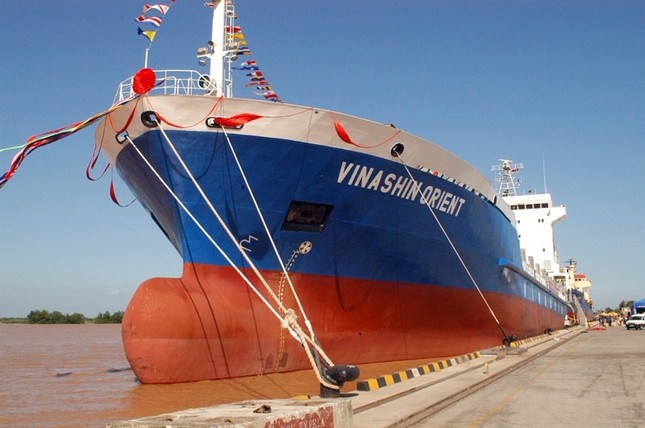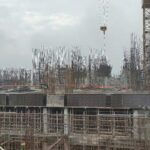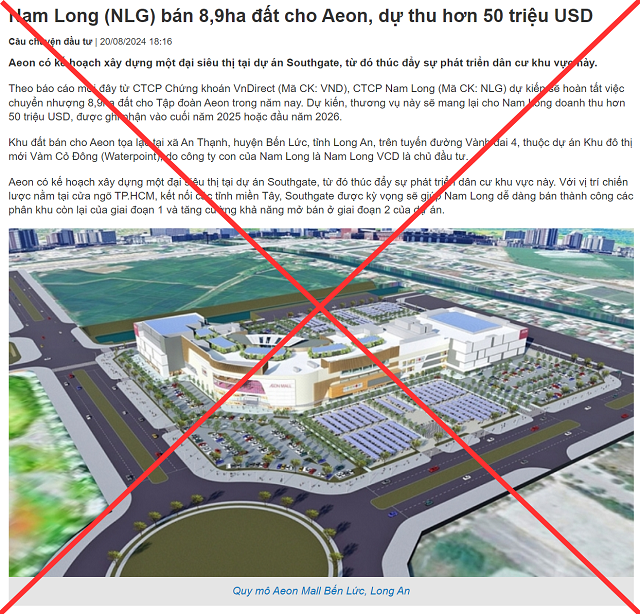Nearly Two Decades of Turbulence: The Rise and Fall of Vinashinlines
Vinashinlines, a company with a nearly 20-year history, has had its fair share of ups and downs. Formed in 2006 by the Vietnam Shipbuilding Industry Group (Vinashin), the company has recently faced financial troubles, leading to its demise.
On August 19, 2015, Vinashinlines’ legal representative filed for bankruptcy, and on November 23, 2024, creditors voted to approve the company’s bankruptcy proposal, bringing an end to its operations as of May 5.
The Hanoi People’s Court declared Vinashinlines bankrupt, and its secured debts will be temporarily settled by handing over collateralized assets to the Vietnam Maritime Corporation (VIMC) for management.
Collateral recipients, including BIDV Bank, the Vietnam Development Bank (VDB), Vietnam Shipbuilding Finance Company (VSFC), and the Vietnam Shipbuilding Industry Corporation (SBIC), are obligated to take possession of the collateral and liquidate it to recover their debts.
The liquidation plan involves re-evaluating and auctioning off the collateral to repay secured creditors. If the collateral value falls short of the secured debts, the remaining debt becomes unsecured. Conversely, if the collateral value exceeds the secured debts, the surplus will be used to pay off other debts of Vinashinlines.
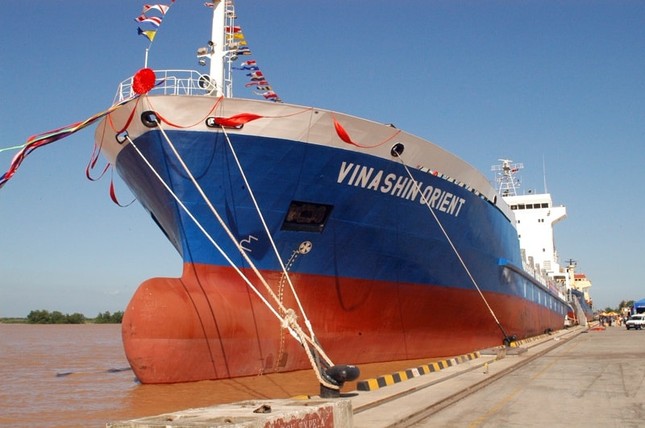
Vinashinlines officially ceases operations from May 5th. Image: Vinashinlines.
Secured debts collateralized by assets will be settled through the liquidation of those assets. If the liquidation proceeds are insufficient to cover the debts, the remaining debt will be settled during Vinashinlines’ asset liquidation process.
Regarding the vessel “New Energy,” which is currently undergoing repairs, all rights and obligations under the hull insurance and civil liability insurance policies with MIC will be transferred to VSFC as the recipient of the vessel’s collateral. VSFC will be responsible for settling accounts with MIC and third parties within the scope of the insurance contract. Any surplus funds after settlement will be deposited into the account of the competent civil judgment enforcement agency.
There are two remaining collaterals: two investment projects that have been physically transferred but not financially settled. These include a project to build a 100,000 DWT oil tanker, which has been handed over to the Vietnam Oil and Gas Group, and a project to build a 1,730 TEU container ship (“New Vision”), which has been handed over to Ha Long Shipbuilding Company. However, financial details and debt transfers have not been finalized for these projects.
The Hanoi People’s Court has instructed VIMC and related parties to reconcile financial data and debts in accordance with legal regulations and report the debt figures to the competent civil judgment enforcement agency for an update to the list of creditors.
A Cautionary Tale for Opaque Business Practices
Vinashinlines was established with the ambitious goal of developing ocean shipping and enhancing Vietnam’s maritime presence globally. However, instead of fulfilling this vision, the company soon found itself in a downward spiral of losses, financial irregularities, and scandals.
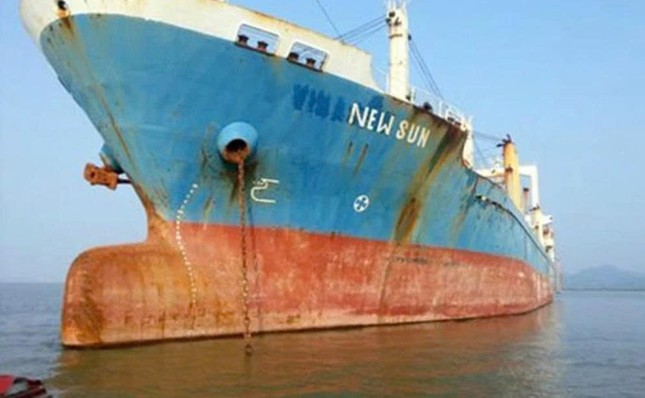
Vinashinlines’ bankruptcy serves as a stark reminder to domestic enterprises about the importance of risk management and financial transparency. Image: Vinashinlines.
In March 2014, Vinashinlines took the first legal step towards its demise by authorizing a lawyer to file for bankruptcy at the Hanoi People’s Court.
In 2017, three former leaders of Vinashinlines were put on trial for embezzlement. Tran Van Liem, the former CEO, and Giang Kim Dat, the former head of the business department, were sentenced to death, while Tran Van Khuong, the former chief accountant, received a life sentence. They were convicted of embezzling over VND 260 billion through ship purchases and leases between 2006 and 2008, a period when Vinashinlines repeatedly announced large-scale investment plans to conceal its deteriorating financial situation.
Vinashinlines’ bankruptcy not only marks the end of a once-prominent maritime company but also serves as a stark reminder to state-owned enterprises about the crucial importance of risk management, financial transparency, and legal compliance.
Unlocking Direct Flights: Sun Group’s Vision for Seamless Travel from Van Don to Seam Reap
“Quang Ninh Province is home to the magnificent Van Don International Airport, a groundbreaking venture that stands as Vietnam’s very first privately-owned airport project. This remarkable achievement is a testament to the vision and expertise of Sun Group, the driving force behind its development.”
From Pioneer to Icon: The Inspiring Story of BITEX and Casio
In 1965, the very first Casio computer, bearing the serial number 001, was born in Japan. This marked a pivotal moment in technological history and paved the way for the enduring journey of a small yet powerful device: the pocket calculator.
“Own a Central City Pho Yen Apartment with Capital from Just VND 399 Million”
A rare opportunity for homebuyers seeking a long-term residence and investment, this commercial apartment offers the allure of permanent ownership and a prime location adjacent to the Samsung factory in Thai Nguyen. With prices starting at just 1.2 billion VND per unit, it presents an unmissable prospect.
Get Tough on Counterfeit Goods
The current regulations only permit the transfer of case files to investigative authorities if the value of counterfeit goods exceeds 200 million dong.

